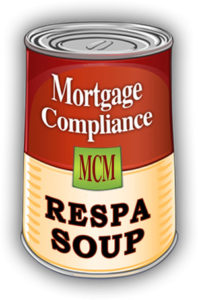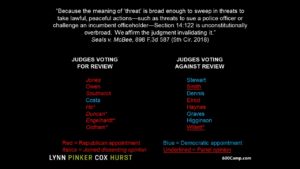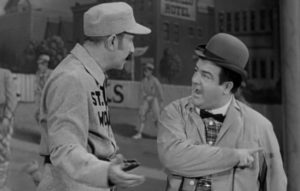 A surprisingly subtle problem can arise under secction 2.316 of the UCC when a party urges a role for implied warranties, even though the parties’ agreement contains express ones. A comment to that section advises: “The situation in which the buyer gives precise and complete specifications as to the seller is not explicitly covered in this section, but this is a frequent circumstance by which the implied warranties may be excluded.” In Baker Hughes v. UE Compression, the Fifth Circuit found such a situation when:
A surprisingly subtle problem can arise under secction 2.316 of the UCC when a party urges a role for implied warranties, even though the parties’ agreement contains express ones. A comment to that section advises: “The situation in which the buyer gives precise and complete specifications as to the seller is not explicitly covered in this section, but this is a frequent circumstance by which the implied warranties may be excluded.” In Baker Hughes v. UE Compression, the Fifth Circuit found such a situation when:
. .. this Agreement included 18 single-space pages of Baker Hughes’s Specification and a 21-page responsive set of specifications comprising UE’s Quote. Baker Hughes ordered exactly what it required in the boosters. Other contractual provisions cited above confirm Baker Hughes’s ultimate responsibility for the design, its duty to supply technical information, its ability to modify specs during the fabrication, and its right to approve any drawings or specifications prepared by UE
Mo. 17-20709 (Sept. 12, 2019) (Our firm’s state-court brief on the topic in an unrelated case shows some of the potential complexities about this UCC issue.)



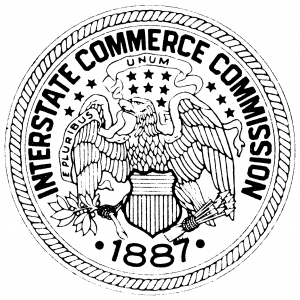










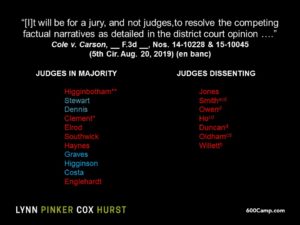
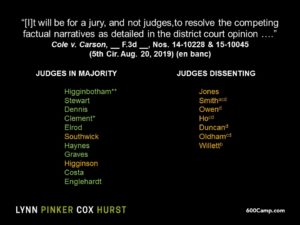





















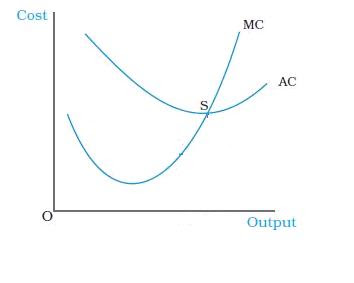






















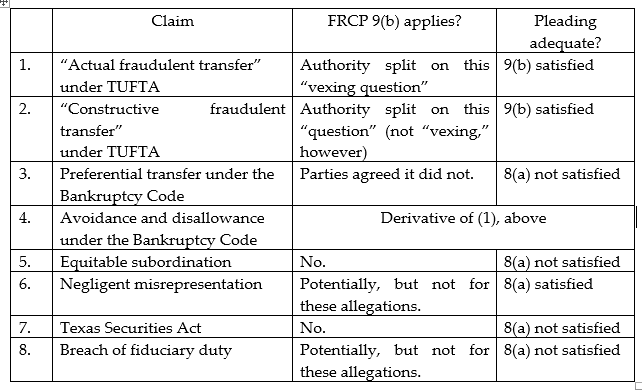





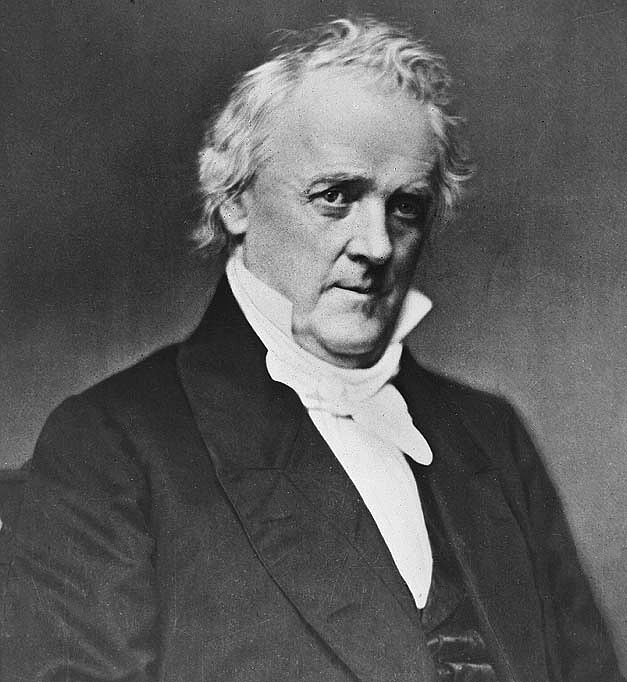



















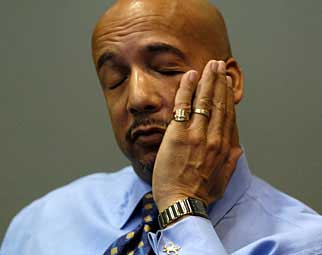




































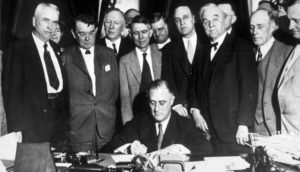





 pects of a deed of trust. With respect to when a servicer could pay the borrower’s property taxes by the servicer, the key provision used the fact-specific phrase “reasonable or appropriate”; other provisions both suggested that the power was limited to back taxes, but also that it could be made “at any time.” Accordingly, “Wease was entitled to proceed to trial on his claim that Ocwen breached the contract by paying his 2010 taxes before the tax lien attached and before they became delinquent.” This analysis led to finding a triable fact issue as to whether Ocwen provided adequate notice of its actions.
pects of a deed of trust. With respect to when a servicer could pay the borrower’s property taxes by the servicer, the key provision used the fact-specific phrase “reasonable or appropriate”; other provisions both suggested that the power was limited to back taxes, but also that it could be made “at any time.” Accordingly, “Wease was entitled to proceed to trial on his claim that Ocwen breached the contract by paying his 2010 taxes before the tax lien attached and before they became delinquent.” This analysis led to finding a triable fact issue as to whether Ocwen provided adequate notice of its actions.  ned to the “good faith” defense to a claim under the Texas Uniform Fraudulent Transfer Act – a defense that potentially allows an innocent third-party to retain the benefit of a transfer made by a debtor with intent to defraud creditors. The specific question was whether the Texas Supreme Court would accept a “futility” defense to inquiry notice, and the Court concluded that it would not: “No prior court considering TUFTA good faith has applied a futility exception to this exception, and we decline to hold that the Supreme Court of Texas would do so. Transferees seeking to retain fraudulent transfers might offer up evidence of undertaken investigations to prove a reasonable person’s suspicions would not have been aroused when the transfer was received. But the fact that a fraud or scheme is later determined to be too complex for discovery does not excuse a finding of inquiry notice and does not warrant the application of TUFTA good faith.” No. 17-11526 (Jan. 9, 2019).
ned to the “good faith” defense to a claim under the Texas Uniform Fraudulent Transfer Act – a defense that potentially allows an innocent third-party to retain the benefit of a transfer made by a debtor with intent to defraud creditors. The specific question was whether the Texas Supreme Court would accept a “futility” defense to inquiry notice, and the Court concluded that it would not: “No prior court considering TUFTA good faith has applied a futility exception to this exception, and we decline to hold that the Supreme Court of Texas would do so. Transferees seeking to retain fraudulent transfers might offer up evidence of undertaken investigations to prove a reasonable person’s suspicions would not have been aroused when the transfer was received. But the fact that a fraud or scheme is later determined to be too complex for discovery does not excuse a finding of inquiry notice and does not warrant the application of TUFTA good faith.” No. 17-11526 (Jan. 9, 2019).




